Editor’s Note: We offer a timely article by our good friend, Oliver Cromwell.
Let’s face it. Most people are idiots — especially when it comes to using the land God gave them.
Drive through any part of American suburbia and you’ll see lots of grass, oaks, azaleas and dogwoods. If you’re lucky, you’ll spot the occasional apple or orange, but fruiting trees are few and far between. Here and there, especially in more rural areas, you’ll see a few raised beds or a patch of beans and sweet corn — but overall, you’ll see the same food wasteland repeated on an endless checkerboard.
For most, gardening is just a hobby. This is a direct result of our living in fat times — but the fat times are ending.
Do you want to feed yourself? Here are three ways to get started.
1. Grow calories!
Little raised beds full of lettuce and Early Girl tomatoes won’t keep you fed in lean times. Forget all the cutesy stuff for now. Go look at the packets of seeds in your local seed rack and ask yourself the question “will this fill me up?” about each one.
Turnips, beets, carrots, cabbage, beans… yes. Lettuce, spinach, cilantro… no.
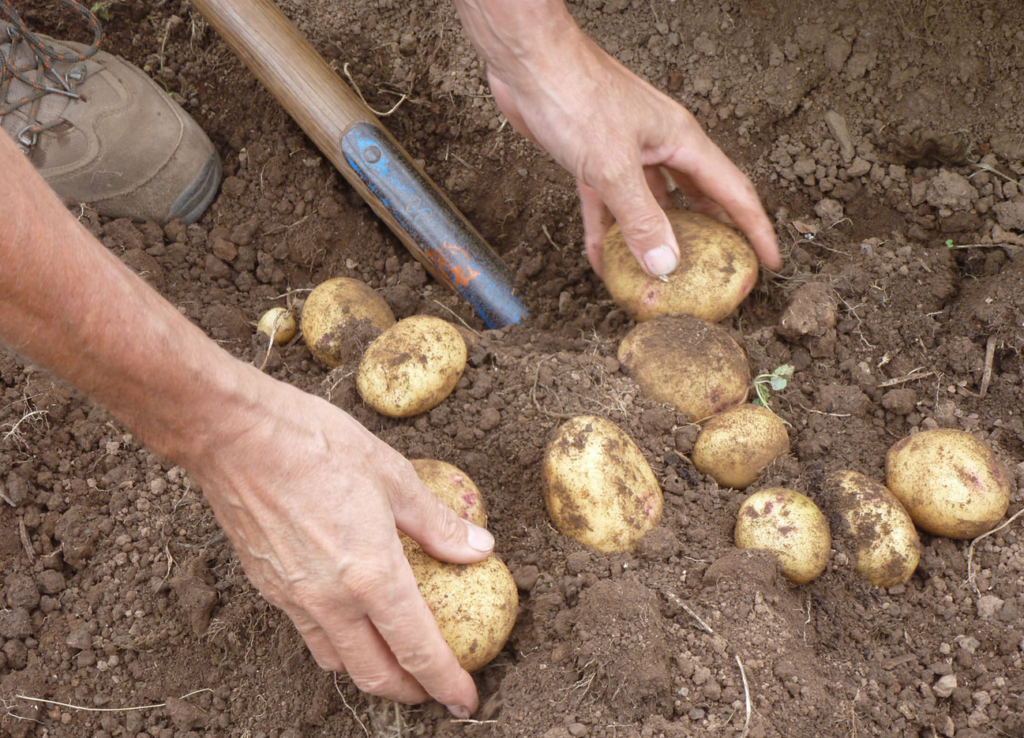
Some of the very best staples are not even found on the seed rack. Like potatoes. For seed potatoes, you may have to visit your local feed store.
“Why should I grow potatoes? Potatoes are cheap!”
I know, right? Why plant potatoes when you can get them for $3 a bag at Walmart?
BECAUSE THE FAT TIMES WILL END, THAT’S WHY!
Come on, man!
For temperate climate gardeners, potatoes are one of the best things you can grow. They are tasty, high in calories and nutritious. Yeah, you’re not gonna stay keto on potatoes but you will stay alive. They also outproduce grains and require less space.
For sub-tropical gardeners (Zone 8 and south), grow cassava, malanga and yams as staple root crops.
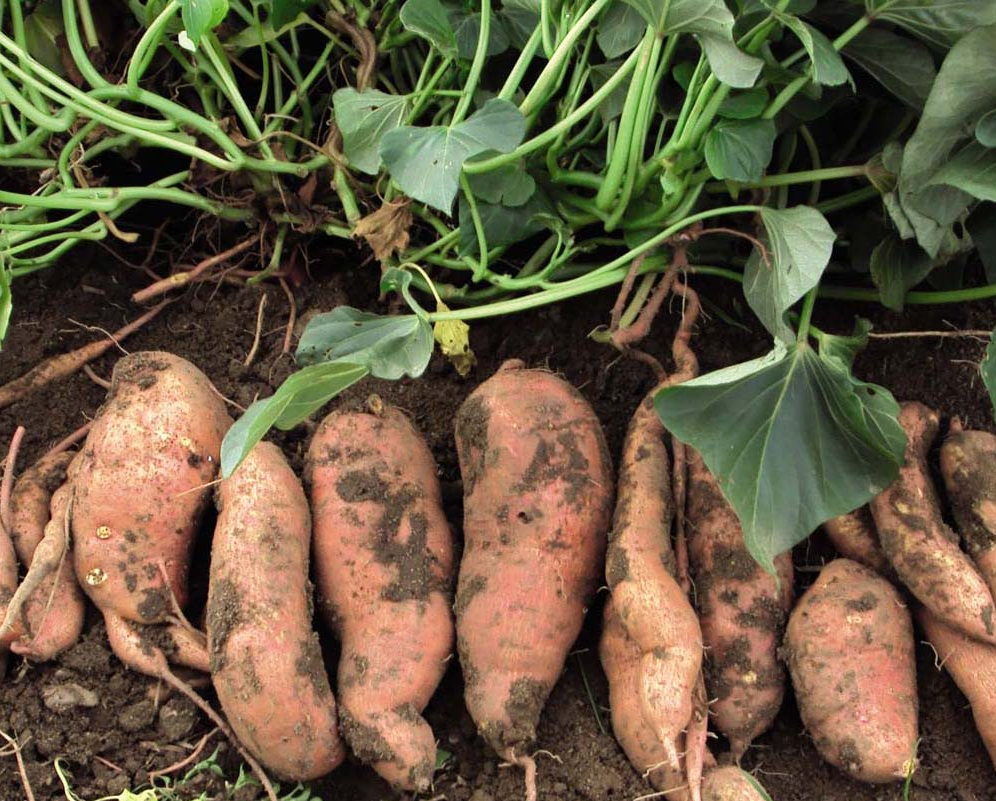
If you’re in a good climate for sweet potatoes, plant lots of those. They’ll fill you up.
For a good storable grain, grow corn. Not sweet corn — grain corn, for cornmeal, grits, corn flour, tortillas, etc. From the middle of the country north, plant “flint” types. From the middle of the country south, plant “dent” types.
If you have a climate that is good for growing dry beans, plant lots of those as well.
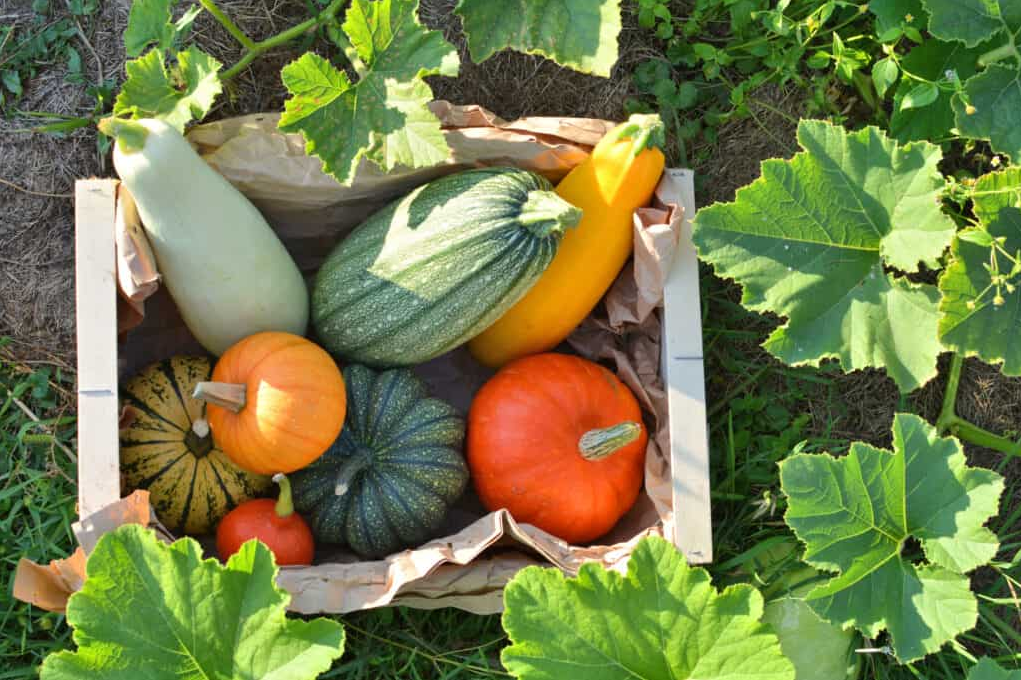
And last but not least, plant good long-storing winter squash and pumpkins. Think about what the Indians and the settlers survived on and plant those things. I guarantee they weren’t surviving the winter on chives and arugula.
A food garden should be mostly high-calorie crops. After you have those squared away, plant your tasty vegetables, like peppers, tomatoes, herbs, kale, onions and garlic. These will keep your cooking from getting boring and provide some additional nutrition to your diet.
2. Stop it with all the cutesy wooden raised beds and fancy systems
Old-fashioned row gardens work great for growing food, cutting down on the water required and allowing decent yields even in poor soil.
David The Good explains in this video:
You don’t need to do carpentry to garden. Till the dirt, throw down some 10-10-10, plant vegetable seeds at a nice, wide spacing, then keep them weeded and watered.
Again — ask yourself what your ancestors did. Then do that.
10-10-10 or 13-13-13 is good enough for feeding a vegetable garden. If you can add micronutrients as well your food will taste better and give you more nutrition. There is a recipe from Steve Solomon here. Just do your best.
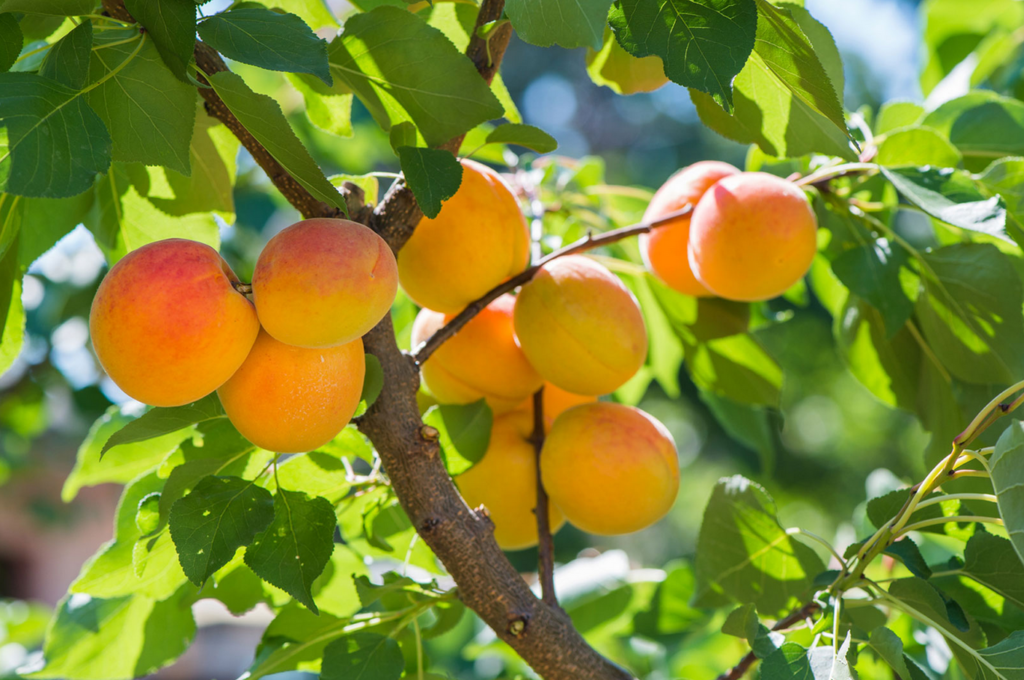
3. Plant lots of fruit and nut trees
Though annuals are much more productive in a much shorter period of time, fruit and nut trees will produce for decades once established. The early spring is a very good time to plant bare root trees, as they establish excellently if planted before breaking dormancy. We are planting dozens on our land right now. We also planted 16 trees for our neighbors down the street. Pears, apples, chestnuts, mulberries, persimmons, plums, peaches and pecans are all good choices. If you end up with “too much” fruit in a few years, you have extra to share. Or to turn into cider, wine or hard liquor. Plant more than you think you need. Fruit trees are a very good investment. Just make sure you take care of them in their early lives so they grow and bear quickly. Water, feed and mulch them regularly – and prune them into a good form so they get lots of sunlight and air flow around the branches. You can keep almost any fruit tree short if you prune well. Ann Ralph’s book Grow a Little Fruit Tree has very good details on the process. Apples can even fit into rows in your garden when pruned properly and/or trained to wires.
The fastest fruit trees to produce are usually mulberries (unless the tree is a seedling, which most trees for sale are not). Figs are also quite quick, as are peaches and plums. Apples and pears take a bit longer but are worth the wait.
If you do get some fruit in the first year, pinch it off as it will take energy away from root and trunk growth.
Conclusion
Food growing takes some time and effort but is worth doing. Learn to grow staples first and plant fruit and nut trees everywhere. This is not a time for lawns and landscaping. Quit wasting your soil and turn it into an asset. As we’ve seen over the last year, things can change for the worse very quickly. Food in the ground is good for your peace of mind as well as for your soul.

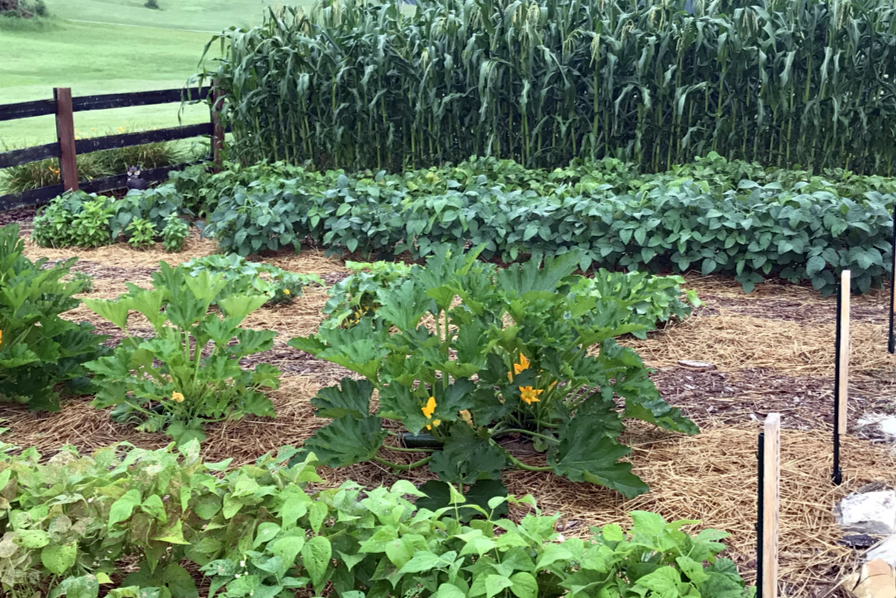








“Stop it with all the cutesy wooden raised beds….Old-fashioned row gardens work great for growing food, cutting down on the water required and allowing decent yields even in poor soil.”
This is good advice. Sadly, the native soil in my backyard is solid gumbo clay. Drainage is poor. I’ve had very good results from raised beds, fairly good results from trenching and replacing the excavated clay with sandy loam and compost. I suppose a row garden without trenching will work here if the soil is mounded and heavily mulched to keep heavy rain from eroding it.